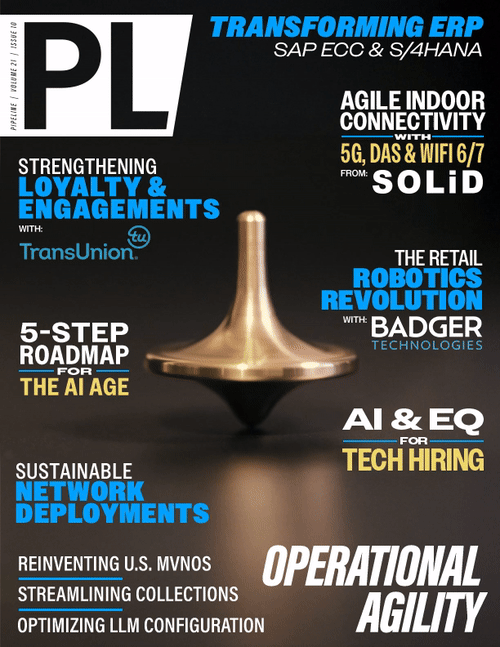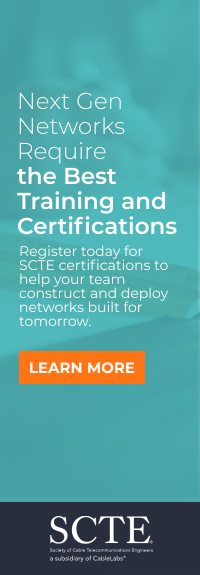AI and EQ: The New Advantage
in Tech Talent Evaluation
based hiring powered by AI into its hiring funnel. Before the shift, turnover was rampant with new hires who looked great on paper but struggled with teamwork and feedback loops. After implementing an AI-driven EQ screen, hiring managers gained clearer insight into how candidates handled ambiguity, collaboration, and pressure. The team didn't just get bigger; they got better.
That's the difference between hiring for credentials versus hiring for chemistry.
Why EQ Matters More in Hybrid Work
Hybrid and remote work environments magnify the stakes of hiring for emotional intelligence.
In the office, communication is buffered by hallway conversations, tone of voice, and informal rapport. But Slack messages replace sidebars in distributed teams, and video calls compress nuance. Misunderstandings multiply. Morale can dip silently. And feedback without tone or body language can feel blunt or unclear.
EQ is the glue holding it all together.
Employees with high emotional intelligence read between the lines, ask clarifying questions, empathize across time zones, and collaborate without requiring constant oversight.
For tech leaders managing hybrid teams, EQ is a mission-critical skill. It ensures that culture radiates beyond the office walls and that innovation thrives regardless of where employees log in.
Strategic Implications Beyond Hiring
Hiring is just the first touchpoint. Another significant competitive advantage of AI-driven EQ assessment comes from how organizations apply it across the entire talent lifecycle.
EQ insights can be used to screen candidates and design onboarding plans tailored to new hires' learning and communication styles. The data can also be used to flag potential future leaders, not by tenure or charisma but by how they handle pressure, navigate conflict, and rally others.
Organizations are also applying these tools to succession planning. Rather than guess who might be "management material," they use EQ benchmarks to spot those with the emotional resilience and interpersonal acumen required to lead highly effective teams and projects. They can also identify areas of improvement and assign highly personalized, targeted training. Everybody wins: veteran employees avoid feeling like they've plateaued, and management squeezes more out of their existing talent resources.
In fast-paced tech environments where roles shift and teams reconfigure regularly, these insights help companies deploy the right people in the right places faster and more effectively.
It's not just smarter hiring. It's intelligent talent orchestration, built for scale and change.
EQ as a Technological Imperative
The future of tech leadership belongs to companies that embrace emotional intelligence as the catalyst for innovation. EQ isn't just a hiring tool; it's a chemistry set for building culture, a predictor of leaders, and a framework to scale teams with purpose. AI has made it possible for talent evaluators to break through prior constraints and finally make EQ assessable at scale. No longer are executives left to hope the next hire can succeed—they can bank on it.
According to McKinsey, 87 percent of executives experience either skill gaps in their workforce or expect them within a few years. However, the most cited gaps are in soft skills like communication, collaboration, and leadership. This friction stall launches and derails partnerships. You feel it when a leader can code anything but can't build trust with their team. These aren't technical failures; they're emotional ones.
This is why innovative organizations are moving beyond outdated filters in favor of tools that reveal the human edge behind every resume. Ultimately, it's not just about finding people who can do the job—it's about finding people who can elevate everyone around them while they do it.
EQ has emerged as the backbone of resilient, high-performing teams. Organizations that leverage AI to assess and nurture EQ in their teams accurately will not only withstand but thrive amid ongoing disruptions. EQ, backed by smart assessments, will define tomorrow's most successful organizations. Savvy executives know that technical skills may get them through the next quarter, but EQ will deliver them through the next decade.



















